No, black pepper does not have a Scoville rating. The Scoville scale is specifically designed to measure capsaicin content in chili peppers. Black pepper contains a different compound called piperine, which creates a warming sensation but is not measured on the Scoville scale.
Table of Contents
- Introduction
- What is the Scoville Scale?
- Why Black Pepper Isn't on the Scoville Scale
- Piperine vs Capsaicin: Understanding the Difference
- How Black Pepper's Heat Differs from Chili Peppers
- Buying Guide: Choosing the Best Black Pepper
- Practical Cooking Tips to Maximize Flavor
- Frequently Asked Questions
- Fun Facts About Black Pepper
- Conclusion
Introduction
Many people mistakenly believe black pepper has a Scoville rating, but this is scientifically inaccurate. The Scoville scale measures capsaicin content in chili peppers only. Black pepper's heat comes from piperine, a completely different compound that doesn't interact with the Scoville measurement system.
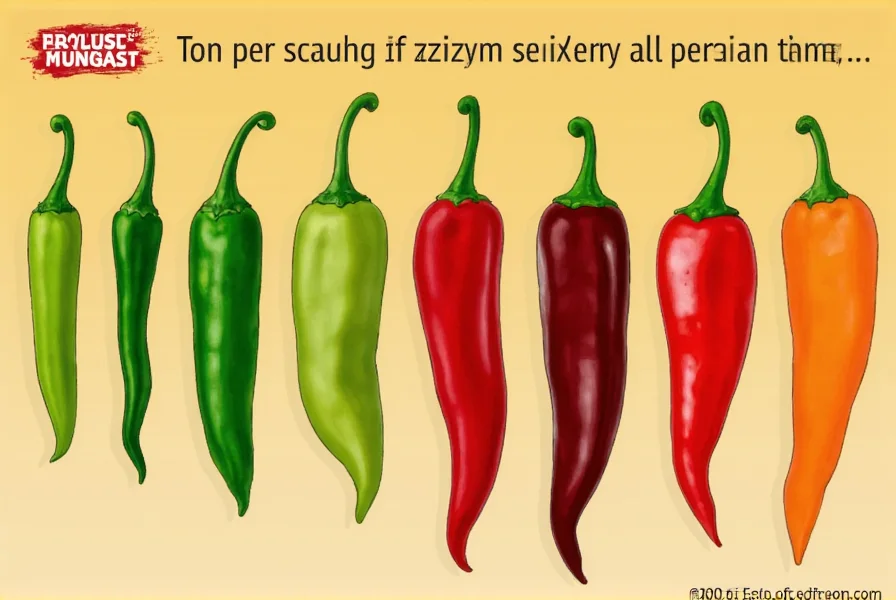
What is the Scoville Scale?
The Scoville scale, developed by Wilbur Scoville in 1912, measures the concentration of capsaicin in chili peppers. It's expressed in Scoville Heat Units (SHU), which indicate how much sugar water is needed to dilute the pepper extract until the heat is no longer detectable. This scale is exclusively for capsaicin-containing plants.
Why Black Pepper Isn't on the Scoville Scale
Black pepper (Piper nigrum) contains piperine, not capsaicin. Since the Scoville scale was specifically designed to measure capsaicin concentration, black pepper falls outside its scope. Any claims assigning SHU values to black pepper are scientifically inaccurate and misleading.
| Compound | Found in | Heat Mechanism | Scoville Scale Applicable? |
|---|---|---|---|
| Capsaicin | Chili peppers (e.g., jalapeños, habaneros) | Binds to TRPV1 receptors, causing burning sensation | Yes |
| Piperine | Black pepper | Activates different nerve endings, causing warming sensation | No |
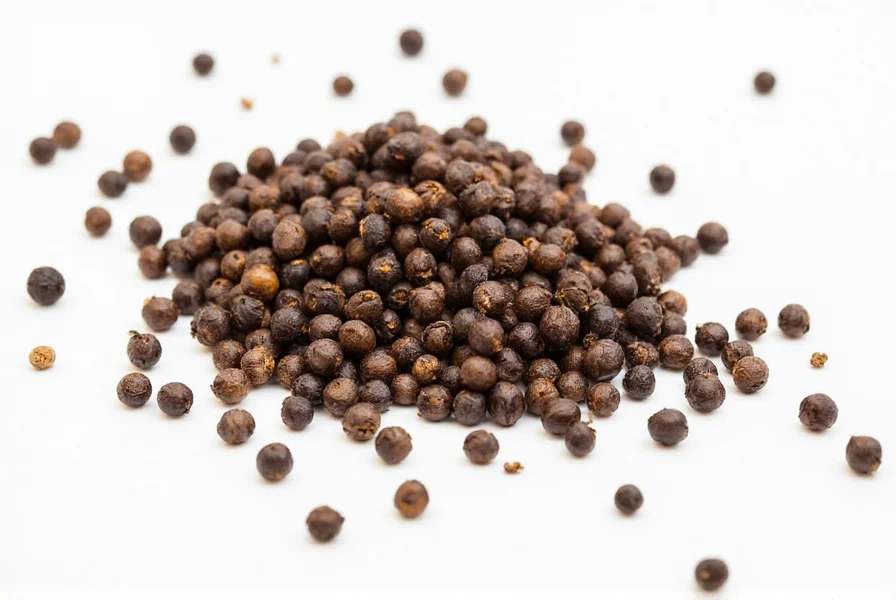
Piperine vs Capsaicin: Understanding the Difference
While both compounds create spicy sensations, they work through completely different biological mechanisms:
- Capsaicin (in chili peppers): Binds to TRPV1 receptors in the mouth and throat, triggering a burning sensation and the body's heat response (sweating, increased heart rate)
- Piperine (in black pepper): Activates different nerve endings, primarily in the nose and throat, creating a sharp, warming sensation without the intense burning or sweating response
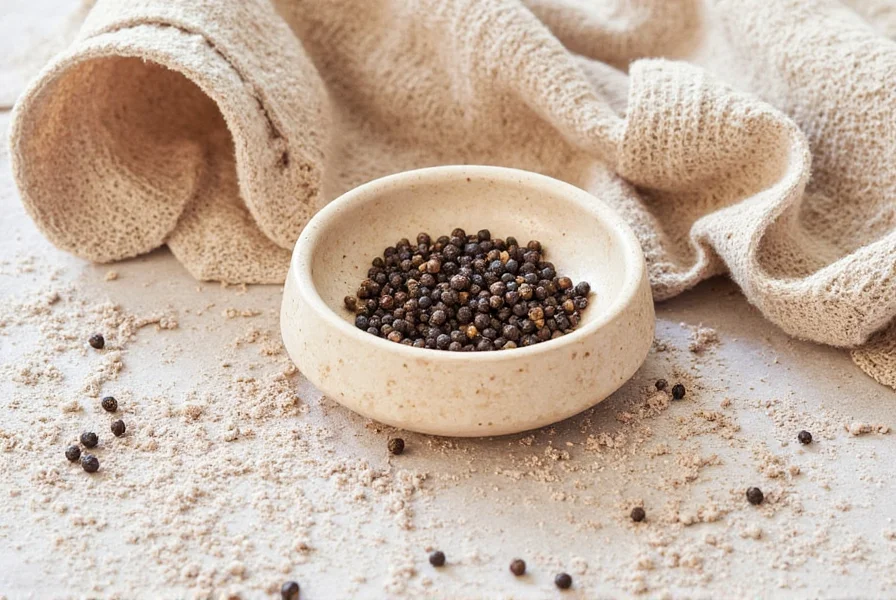
How Black Pepper's Heat Differs from Chili Peppers
Black pepper and chili peppers create distinctly different sensory experiences:
- Onset of Heat: Chili peppers deliver immediate, intense burning; black pepper creates a slower, more subtle warmth
- Duration: Capsaicin heat typically fades relatively quickly; piperine's warmth lingers longer but is less intense
- Pain Response: Capsaicin triggers endorphins and sweating; piperine mainly causes sneezing and nasal irritation
- Palate Interaction: Capsaicin often dominates flavors; black pepper enhances other flavors without overwhelming them
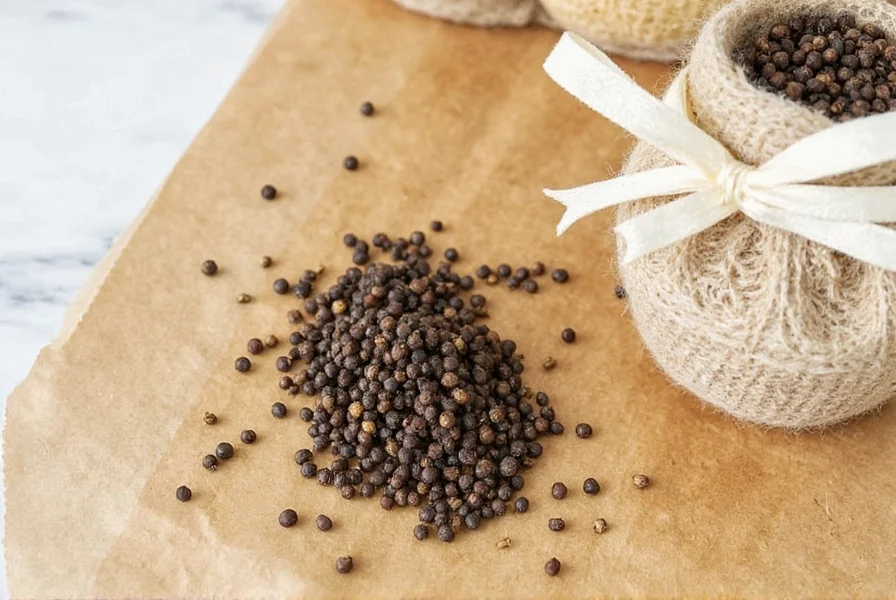
Buying Guide: Choosing the Best Black Pepper
Not all black pepper is created equal. Here's how to pick the best for flavor, aroma, and heat intensity:
- Buy Whole Peppercorns: Ground pepper loses potency quickly. Whole peppercorns retain essential oils better.
- Look for Origin: Tellicherry and Malabar peppercorns from India are prized for their bold flavor and higher piperine content.
- Size Matters: Larger peppercorns (like Tellicherry) tend to be more mature and complex in flavor.
- Color Indicates Quality: Deep dark brown to almost black color is ideal. Avoid pale or gray peppercorns—they've likely been sitting too long.
- Aroma Test: Fresh black pepper should smell earthy, woody, and slightly floral—not musty or dull.
Top Picks for Black Pepper Enthusiasts
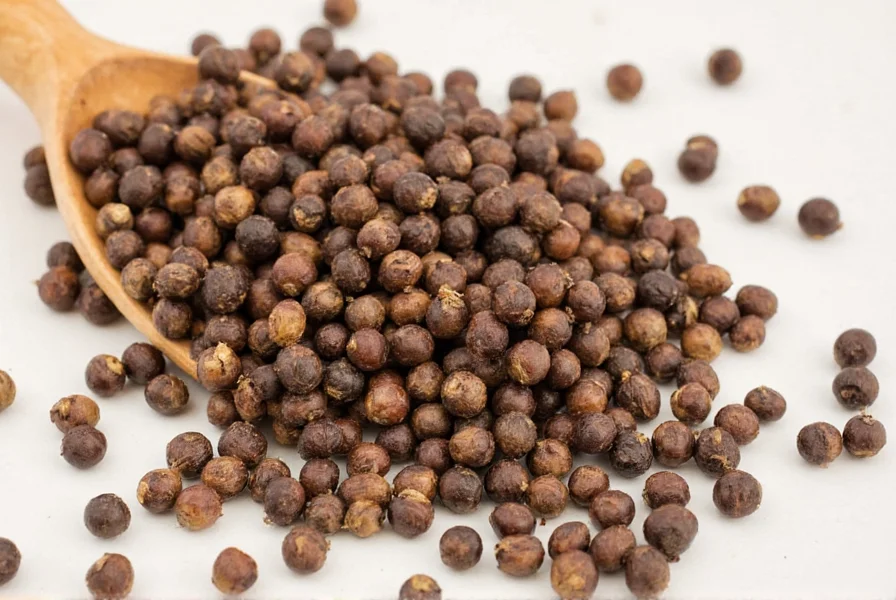
Tellicherry Black Peppercorns
Features: Large, aromatic, and rich in piperine.
Best For: Steak rubs, sauces, and gourmet dishes.
Occasion: Fine dining or impressing guests.
Who Should Buy: Home cooks and professional chefs who appreciate depth of flavor.

Organic Ground Black Pepper
Features: Certified organic, freshly ground, and ready to use.
Best For: Everyday cooking and soups.
Occasion: Quick weeknight meals.
Who Should Buy: Busy cooks and families.
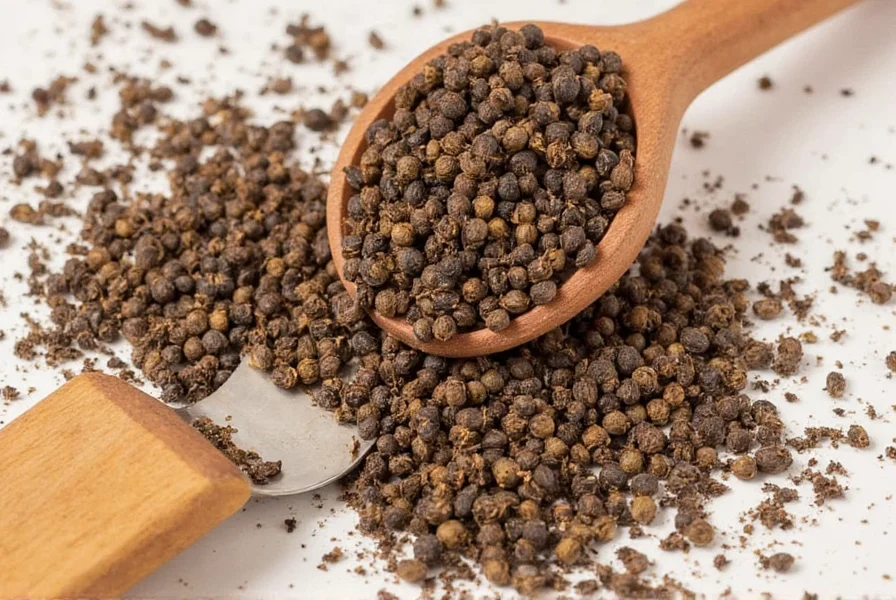
Pepper Mill & Whole Peppercorn Set
Features: Includes a stylish mill and refill bag of premium peppercorns.
Best For: Tabletop seasoning and gifts.
Occasion: Dinner parties or holiday gifting.
Who Should Buy: Hosts, gift-givers, and design-conscious cooks.
Practical Cooking Tips to Maximize Flavor
- Grind Fresh: Always grind just before serving to preserve volatile compounds.
- Add Late: Black pepper's flavor diminishes with prolonged heat. Add near the end of cooking.
- Pair Smartly: Works well with garlic, thyme, lemon zest, and dark chocolate.
- Use Sparingly: A little goes a long way—especially when using potent varieties like Tellicherry.
- Store Properly: Keep whole peppercorns in airtight containers away from light and moisture.
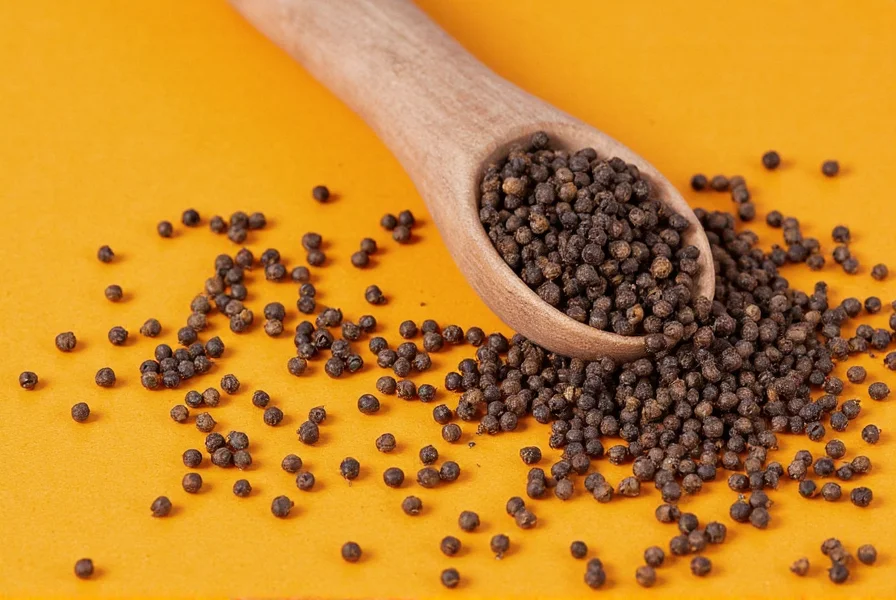
Frequently Asked Questions About Black Pepper
Does black pepper have a Scoville rating?
No. The Scoville scale measures capsaicin content in chili peppers. Black pepper contains piperine, not capsaicin, so it does not have a Scoville rating. Any claims assigning SHU values to black pepper are scientifically inaccurate.
Why do some sources claim black pepper has a Scoville rating?
Some sources incorrectly assign SHU values to black pepper for comparison purposes, but this is not scientifically valid. The Scoville scale was designed exclusively for capsaicin-containing peppers and cannot measure piperine-based heat. These estimates are misleading and should not be considered accurate.
What makes black pepper spicy if not capsaicin?
Black pepper's heat comes from piperine, which activates different nerve receptors than capsaicin. While capsaicin targets TRPV1 receptors that detect heat, piperine stimulates different nerve endings that create a sharp, warming sensation, particularly noticeable in the nose and throat.
Is white pepper less spicy than black pepper?
White pepper is made from the same peppercorns but with the outer layer removed. It generally has a milder, earthier flavor profile with slightly less piperine content, though the difference in heat is subtle. White pepper's heat is often described as more direct and less complex than black pepper's.
Fun Facts About Black Pepper
- In ancient times, black pepper was so valuable it was called "black gold." Romans paid for it with silver!
- It helps increase the bioavailability of certain nutrients and drugs—including curcumin in turmeric.
- Used in Ayurvedic medicine for centuries to aid digestion and treat colds.
- Black pepper comes from the dried berries of the Piper nigrum vine.
- White pepper is simply black pepper without the outer shell—softer in flavor but still packed with piperine.
Conclusion
Black pepper's heat comes from piperine, not capsaicin, so it does not have a Scoville rating. Understanding this fundamental difference helps explain why black pepper creates a unique warming sensation that complements rather than overwhelms other flavors. Whether you're a culinary professional or home cook, appreciating black pepper's distinct properties will help you use it more effectively in your cooking.
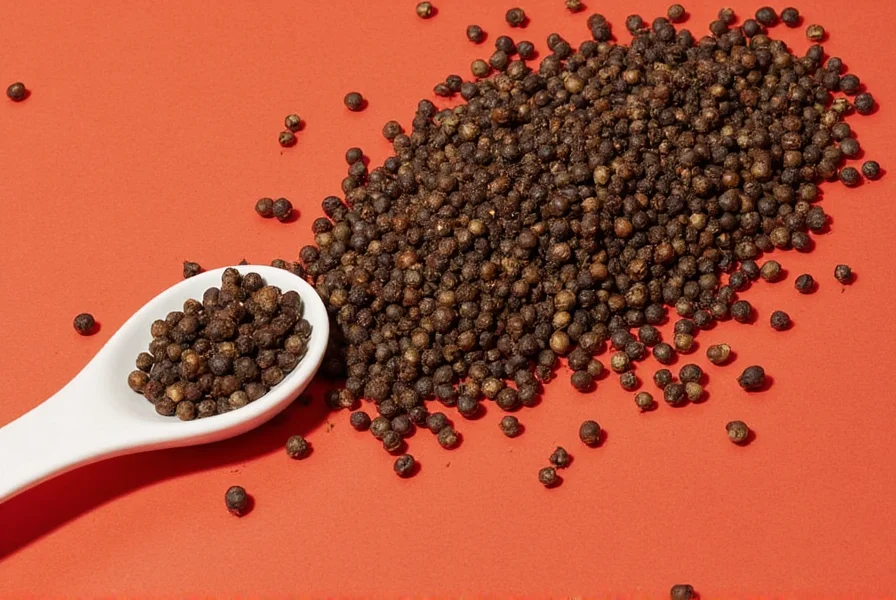
Next time you reach for the pepper grinder, remember you're using a spice with a rich history and unique chemistry—just not one that belongs on the Scoville scale.

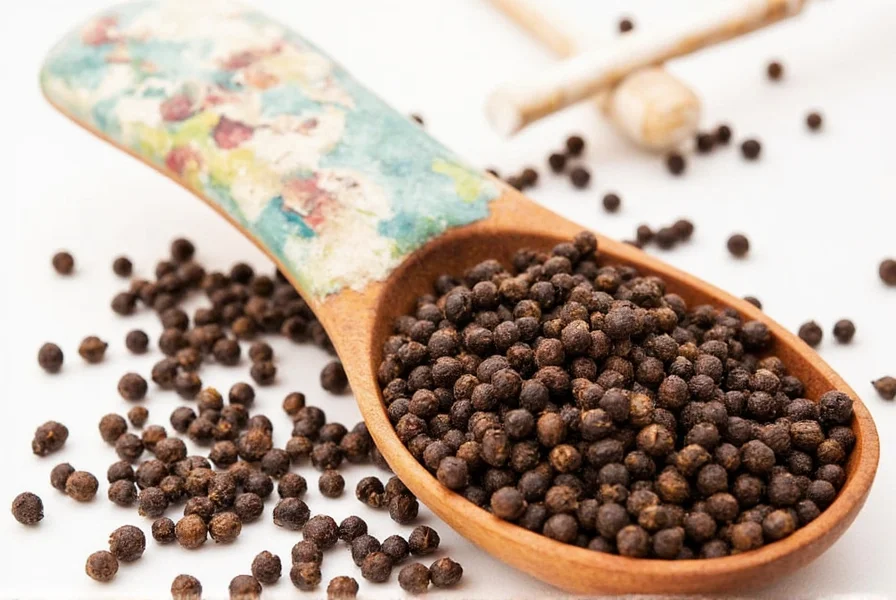









 浙公网安备
33010002000092号
浙公网安备
33010002000092号 浙B2-20120091-4
浙B2-20120091-4